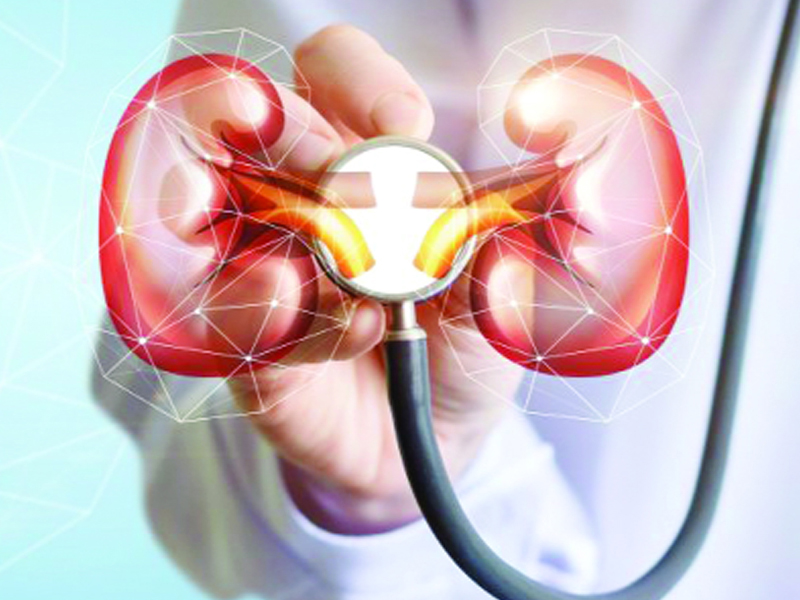Chronic Kidney Disease (CKD)
A Silent Epidemic You Shouldn’t Ignore
Chronic Kidney Disease (CKD) is a progressive condition characterized by the gradual loss of kidney function over time. Often termed a “silent epidemic,” CKD can advance unnoticed, leading to severe health complications. Understanding its causes, symptoms, and preventive measures is crucial for maintaining kidney health.
Understanding CKD
CKD involves the deterioration of kidney function over months or years. The kidneys play a vital role in filtering waste and excess fluids from the blood. When they fail to function properly, waste accumulates, leading to various health issues.
Prevalence and Awareness
Globally, CKD affects approximately 700 million people, making it a significant public health concern. In the United States alone, about 37 million adults are estimated to have CKD, with nearly 90% unaware of their condition. This lack of awareness underscores the disease’s silent nature and the importance of regular health screenings.
Risk Factors
Several factors increase the risk of developing CKD:
- Diabetes: High blood sugar levels can damage the kidneys over time.
- Hypertension: Elevated blood pressure can strain the kidneys, leading to damage.
- Family History: A family history of kidney disease can predispose individuals to CKD.
- Age: The risk increases with age, particularly after 60.
Ethnicity: Certain ethnic groups, including African Americans, Hispanics, and Native Americans, have higher CKD rates

Symptoms
CKD often progresses without noticeable symptoms until advanced stages. When symptoms do appear, they may include:National Kidney Foundation
- Fatigue and weakness
- Swelling in the ankles, feet, or hands
- Shortness of breath
- Nausea and vomiting
- Persistent itching
Changes in urination patterns
Diagnosis
Early detection of CKD is vital. Diagnosis typically involves:
- Blood Tests: To assess levels of creatinine and estimate glomerular filtration rate (eGFR).
- Urine Tests: To check for protein or blood in the urine.
- Imaging Tests: Such as ultrasounds to examine kidney structure.
Biopsy: In some cases, a small sample of kidney tissue is examined
Stages of CKD
CKD is categorized into five stages based on eGFR:National Kidney Foundation
- Stage 1: Normal or high eGFR (≥90) with signs of kidney damage.
- Stage 2: Mild reduction in eGFR (60–89).
- Stage 3: Moderate reduction in eGFR (30–59).
- Stage 4: Severe reduction in eGFR (15–29).
- Stage 5: Kidney failure (eGFR <15), requiring dialysis or transplantation
Treatment and Management
While CKD is irreversible, its progression can be slowed through:
- Blood Pressure Control: Maintaining optimal blood pressure reduces kidney strain.
- Blood Sugar Management: For diabetics, controlling blood sugar is crucial.
- Medications: ACE inhibitors or ARBs can protect kidney function.
- Dietary Changes: Reducing sodium, protein, and phosphorus intake.
- Regular Monitoring: Frequent check-ups to assess kidney function.
Prevention
Preventive measures include:
- Healthy Lifestyle: Regular exercise, balanced diet, and weight management.
- Avoiding NSAIDs: Overuse of nonsteroidal anti-inflammatory drugs can harm kidneys.
- Hydration: Adequate water intake supports kidney function.
- Regular Screenings: Especially for high-risk individuals.
Conclusion
Chronic Kidney Disease is a growing global health issue that often goes unnoticed until advanced stages. Awareness, early detection, and proactive management are key to mitigating its impact. Regular health check-ups and a healthy lifestyle can make a significant difference in preventing and managing CKD.
